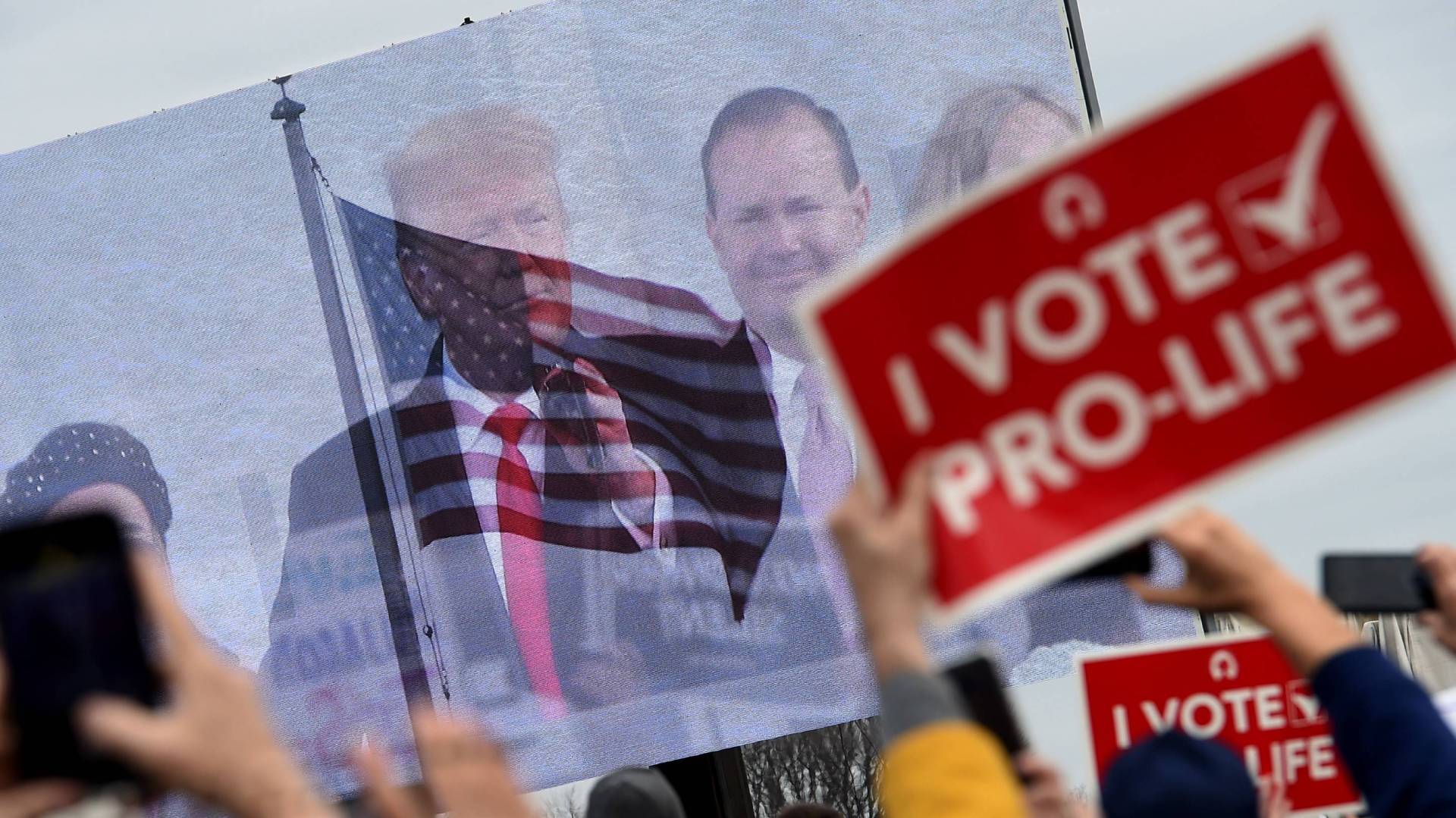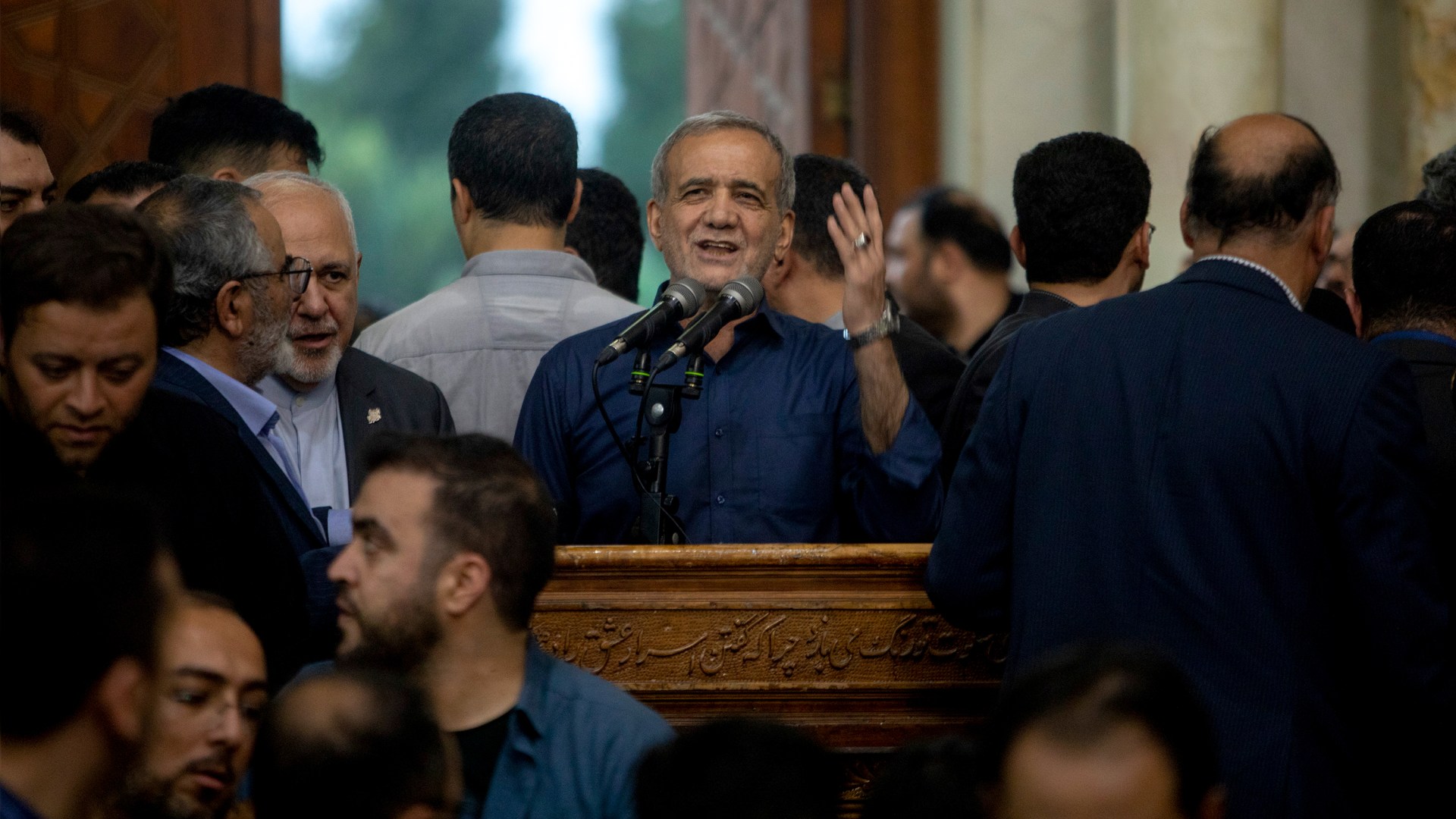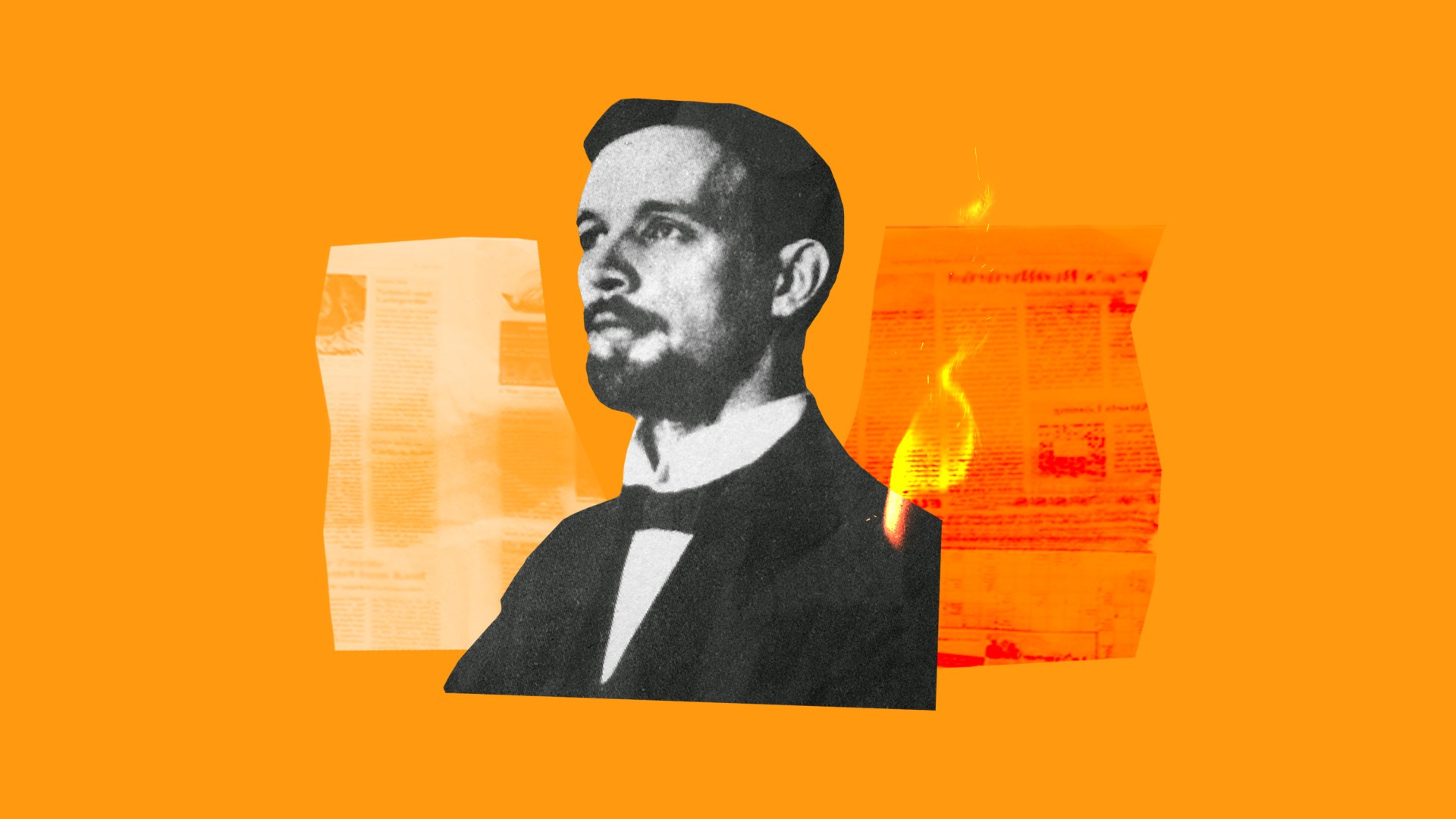During the last decade in India, a Hindu nationalist government has taken the helm, and Hindutva ideology, once considered as fringe, has become firmly entrenched and empowered politically and socially.
Since Prime Minister Narendra Modi first rose to power in 2014, India has grappled with rising religious nationalism, posing significant challenges to its founding principles of pluralism and equality. Democracy watchdogs have expressed concern about the health of the world’s largest democracy. In 2018, for instance, one group categorized India as an “electoral autocracy.” In 2024, the country was downgraded in status, becoming known as “one of the worst autocratizers.” Both domestic and international observers have raised concerns about potential threats to India’s constitutional framework and minority rights.
Many rejoiced when Modi’s Bharatiya Janata Party (BJP) failed to win an absolute majority last month for the first time in three elections, but concerns about the widespread political and social influence of Hindutva remain.
Against this backdrop, P. I. Jose’s new book, Hindutva Palm-Branches and the Christian Resolve, examines India’s evolving political and religious landscape. Drawing on his extensive experience practicing in front of India’s Supreme Court, Jose examines the growing influence of Hindutva and its impact on India’s constitutional democracy and secular fabric.
CT recently spoke with Jose about what secularism means in a country as religious as India, Hindutva’s effects on constitutional principles, and the precarious position of religious minorities, particularly Christians, in India’s current political climate.
How does India’s constitutional secularism compare to its practical implementation?
Former Indian Supreme Court justice K. M. Joseph once said, “Secularism is a facet of equality. If you treat all religions equally, that is secularism. You are fair, you do not bias or patronize.” However, his subsequent statement reveals the reality: “I am still optimistic that secularism will survive.” If a recently retired Supreme Court judge expresses such concern, one can imagine the actual situation in our country today.
The resolve of the people of India, in crafting the constitution, was to create “a Sovereign, Socialist, Secular, Democratic Republic,” according to the current preamble. Interestingly enough, the preamble adopted in 1949 did not originally contain the word secular, as B. R. Ambedkar, the architect of our constitution, said there was no need to include the term. He believed the entire constitution manifested the concept of a secular state, as it codified nondiscrimination on grounds of religion and gave equal rights and status to all citizens.
The words secular and socialist were added in 1976, during the Emergency (a 21-month period from 1975 to 1977 when then–prime minister Indira Gandhi declared a state of emergency across the country, claiming internal and external threats) via a constitutional amendment. And in a 1994 verdict, the Supreme Court of India held that secularism is part of the constitution’s basic structure and is unamendable.
However, Hindu nationalists have always been opposed to the idea of India being secular and, in fact, have made motions in parliament to delete the word from the constitution. As a result of Hindutva, which basically sees secularism as pandering to religious minorities, today we are witnessing widespread attacks against religious minorities, including Christians.
India has become infamous for lynching incidents and for the demolition of churches and other minority religious symbols. Fellow citizens and law enforcement personnel have attacked pastors, disrupted worship services, and engaged in rampant hate speech against religious minorities. Parallel to this, we see the government going all out to not only build huge religious structures for the state-favored religion but to color India in the majoritarian faith language and symbols, which is completely antithetical to secularism as envisioned by our founding mothers and fathers.
You argue that Hindutva opposes constitutional principles. Can you elaborate on this clash of values?
Activist V. D. Savarkar promulgated Hindutva in the 1920s to justify Hindu nationalism and establish Hindu hegemony in India. He defined Hindus as individuals whose “fatherland” and “holy land” were within the Indian subcontinent, thus excluding Muslims and Christians by definition but including Sikhs, Buddhists, and Jains as Hindus. Hindutva envisions and strives for a Hindu rashtra (nation) and opposes the principle of equality for all citizens, and even speaks of disenfranchising religious minorities. Even though Savarkar spoke against the caste system, modern Hindutva promotes it—and its foundation is the erasure of religious minority cultures.
Our constitution, in contrast, states that “the State shall not deny to any person equality before the law or the equal protection of the laws within the territory of India.” What’s more, the constitution also prescribes equality as a fundamental duty for every citizen “to value and preserve the rich heritage of our composite culture.”
Savarkar was one of the people who supported the two-nation theory that ultimately resulted in the partition of India. Hindutva, I believe, created the pangs of partition and the killing of millions of Indians, including Mahatma Gandhi. In a country that values ahimsa (nonviolence), this ideology has led to a steady growth in violence, as repeatedly recorded by various commissions investigating sectarian violence and violence against religious minorities in India, including Christians.
The Supreme Court of India has equated Hindutva with “Indianization.” Why do you believe this judgment is incorrect and undermines secularism and democracy in India?
In a 1995 Supreme Court ruling on an election appeals case, Justice J. S. Verma wrote, “Hindutva is understood as a synonym of ‘Indianisation,’ i.e., development of uniform culture by obliterating the differences between all the cultures co-existing in the country.”
The court’s ruling led to “Hindutva becoming a mark of nationalism and citizenship” and emboldened a movement that has consistently used violent means to express and enforce their beliefs. Countless lives have been lost since, with the Manipur violence being the latest manifestation.
By defining Hindutva as a way of life and not as a religion, the court disassociated it with the Hindu religion. This meant that Modi’s BJP, for instance, could legally appeal to Hindu sentiments for votes, which they have been doing since then. This dissociation has divided the nation along religious lines, facilitated the spread of hatred against other religions for votes, and portrayed adherents of other faiths as anti-national.
You suggest that Hindutva is more about Brahminical supremacy than authentic Hindu faith. What evidence supports this claim?
Hindutva has two facets. One concerns its treatment of other religions, where discriminatory practices stem from a desire to establish the supremacy of its adherents. At its core, Hindutva aims to establish a Hindu way of life based on the caste system as described in the Manusmriti and the Arthashastra—two Hindu scriptures that uphold the supremacy of the highest caste, Brahmins, who are traditionally priests—but it also advocates untouchability against what it deems as the outcastes.
However, I include in my book several Hindu scholars who cite different Hindu scriptures that suggest that equality is actually at the heart of the faith. From the work of these authorities, we can see that authentic Hinduism does not support caste-based hierarchy.
Your book alleges that Hindutva supporters have infiltrated government institutions. Can you provide examples of this?
As far back as 1982, a government report identified RSS (Rashtriya Swayamsevak Sangh, a right-wing Hindu nationalist volunteer paramilitary organization) methodologies for provoking communal violence as “infiltrating into the administration and inducing the members of the civil and police services by adopting and developing communal attitudes.”
Recently, this type of behavior has become obvious and accepted, as seen in the conduct of government nominees to selection boards, including those of religious minority–run educational institutions. If they want their loyalists running such institutions, can we expect them to allow anyone not toeing their line into government positions while they’re in power?
How can India restore the integrity of its electoral process?
Since Modi’s 2019 victory, public opinion has turned against the election process. By 2023, almost every opposition party agreed that the current regime is misusing government power to thwart democratic processes.
A Supreme Court verdict highlighted the need for an impartial election commission and laid down procedural safeguards for its selection. But the Modi government circumvented these new regulations and compromised the independence of the commission.
Further, the Supreme Court rejected the opposition’s demands that the paper receipts of the votes issued from electronic voting machines (EVM) be counted to confirm the authenticity of the votes polled.
The court’s stubborn reasoning on this will remain India’s misfortune until citizens find ways to convince those important wise old men in power. Unless all citizens are free to vote and votes are properly counted, democracy cannot be revived in India.
What is the state of India’s opposition parties?
Despite their calls to save the constitution, most parties refuse to unite and instead work against each other, effectively aiding the ruling party. This division is aggravated by the infiltration of Hindutva forces, weakening their ability to present a cohesive front. Why aren’t these opposition parties insisting on changing EVMs or on 100 percent verification of votes?
Given the challenges you outline, what solutions do you propose for protecting the rights of Christian minorities in India?
When warning signals came after the 1982 Kanyakumari riots, we failed to wake up. Same when, in 1998, the RSS and its affiliated groups attacked tribal Christians in the Dangs district of Gujarat. The 2008 Kandhamal incident shook us slightly, but we failed to respond unitedly.
Four decades later, Hindu extremists are 40 times stronger and more entrenched in the government and society. The whole state machinery and power is under their control. Democracy is on a ventilator, and we can only hope to heal it by working with the majority community to restore and strengthen secular democracy.

















































